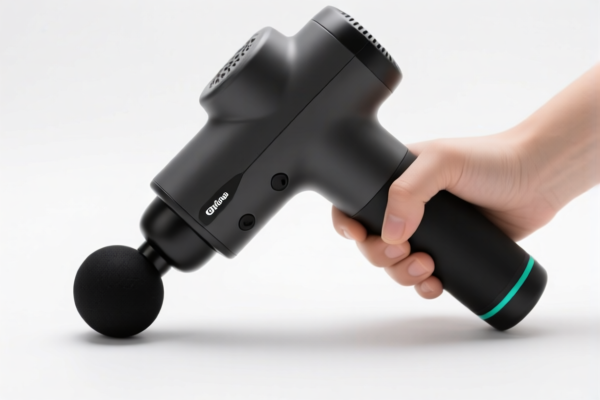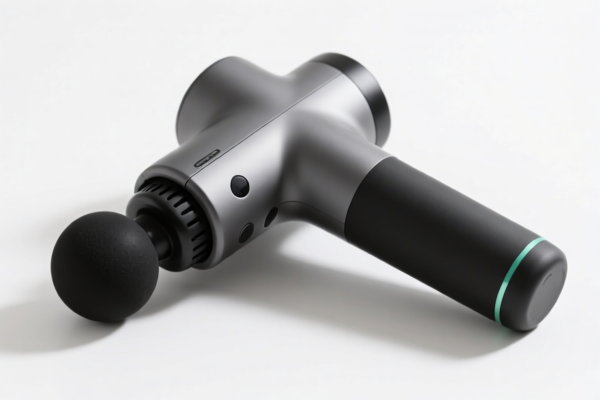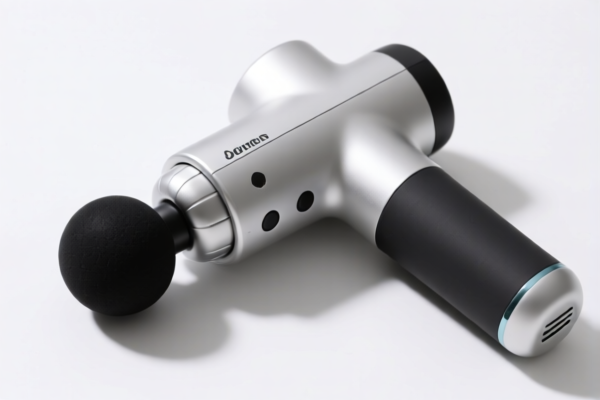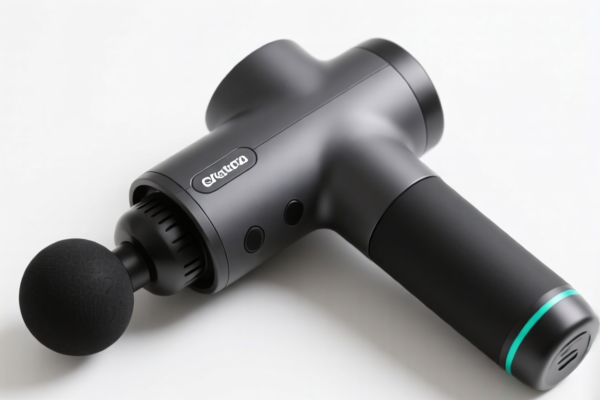| HS Code | Official Doc | Tariff Rate | Origin | Destination | Effective Date |
|---|---|---|---|---|---|
| 9019102020 | Doc | 30.0% | CN | US | 2025-05-12 |
| 9019102030 | Doc | 30.0% | CN | US | 2025-05-12 |
| 3924905650 | Doc | 40.9% | CN | US | 2025-05-12 |




Massage Therapy Device
A massage therapy device is a tool used to deliver massage to the body, typically to relieve muscle tension, pain, and stress. These devices vary widely in their mechanisms, portability, and intended use, ranging from simple handheld rollers to sophisticated, computer-controlled chairs.
Materials
Common materials used in the construction of massage therapy devices include:
- Plastics: Often used for housings, rollers, and control panels due to their durability and moldability. ABS plastic is a frequent choice.
- Metals: Aluminum, steel, and other alloys are employed for structural components, massage nodes, and internal mechanisms.
- Foam: Used for padding, cushioning, and creating comfortable contact surfaces, particularly in rollers and pads. EVA foam is common.
- Leather/Synthetic Leather: Found in upholstery for chairs and handheld devices, providing comfort and aesthetics.
- Rubber/Silicone: Utilized for massage heads, grips, and vibration components due to their flexibility and grip.
- Electronic Components: Motors, microprocessors, sensors, and wiring are essential for powered devices.
Purpose
The primary purposes of massage therapy devices are:
- Muscle Relaxation: Reducing muscle tension and stiffness.
- Pain Relief: Alleviating pain associated with muscle soreness, knots, and injuries.
- Stress Reduction: Promoting relaxation and reducing stress hormones.
- Improved Circulation: Enhancing blood flow to muscles and tissues.
- Rehabilitation: Assisting in the recovery from injuries and improving range of motion.
- Wellness & Preventative Care: Maintaining muscle health and preventing future discomfort.
Function
Massage therapy devices function through various mechanisms:
- Vibration: Rapid oscillations to stimulate muscles and tissues.
- Percussion/Tapping: Rhythmic tapping or pounding to loosen muscles.
- Kneading: Circular motions to manipulate muscles, similar to human kneading.
- Rolling: Use of rollers to apply pressure and massage along muscle groups.
- Compression: Applying pressure to muscles to improve circulation and reduce swelling.
- Shiatsu: Applying focused pressure to specific points on the body.
- Heat Therapy: Utilizing heat to relax muscles and improve circulation.
- Electrical Muscle Stimulation (EMS): Using electrical impulses to stimulate muscle contraction (primarily in specialized devices).
Usage Scenarios
- Home Use: For personal relaxation, pain relief, and wellness.
- Professional Settings: Used by massage therapists, chiropractors, and physical therapists.
- Sports Recovery: Aiding athletes in muscle recovery and injury prevention.
- Office/Workplace: Providing stress relief and ergonomic support.
- Travel: Portable devices for on-the-go muscle relief.
Common Types
- Handheld Massagers: Small, portable devices for targeted muscle relief. Includes vibration massagers, percussion massagers, and foam rollers.
- Massage Guns: Percussion devices with varying intensity levels and attachments for deep tissue massage.
- Foot Massagers: Designed to massage the feet, often with features like heat and air compression.
- Neck Massagers: Specifically designed to relieve tension in the neck and shoulders.
- Back Massagers: Includes massage cushions, pads, and chairs that target the back muscles.
- Massage Chairs: Full-body massage chairs with advanced features like zero gravity, heat therapy, and air compression. These can range from basic models to highly sophisticated chairs with customization options.
- Massage Tables: Used by professionals to provide a stable surface for massage sessions.
- Tens Units: While not strictly massage devices, they utilize electrical stimulation to relieve pain, often used in conjunction with massage therapy.
The declared goods are massage therapy devices. These appliances are designed for providing massage, potentially for therapeutic purposes. They can be electrically operated and may be battery-powered.
The following HS codes are relevant based on the provided information:
- 9019102020: This code falls under Chapter 90, which covers Instruments and apparatus which measure, check, test, navigate or otherwise control functions, apparatus for physical therapy, appliances which are used for medical, surgical, dental or veterinary purposes. Specifically, it covers Mechano-therapy appliances; massage apparatus; psychological aptitude-testing apparatus; ozone therapy, oxygen therapy, aerosol therapy, artificial respiration or other therapeutic respiration apparatus; parts and accessories thereof. The '1020' subheading indicates massage apparatus that are electrically operated and battery powered, and are handheld. The current tax rate is 0.0% basic tariff, 0.0% additional tariff, with an additional tariff of 30.0% after April 2, 2025, resulting in a total tariff of 30.0%.
- 9019102030: This code also falls under Chapter 90, covering the same broad category as above. However, the '1020' subheading specifies massage apparatus that are electrically operated but are not handheld. The current tax rate is 0.0% basic tariff, 0.0% additional tariff, with an additional tariff of 30.0% after April 2, 2025, resulting in a total tariff of 30.0%.
Please note that for both HS codes 9019102020 and 9019102030, the additional tariff of 30.0% will be applied after April 2, 2025. It is important to determine whether the massage therapy device is handheld or not to select the correct HS code.
Customer Reviews
No reviews yet.